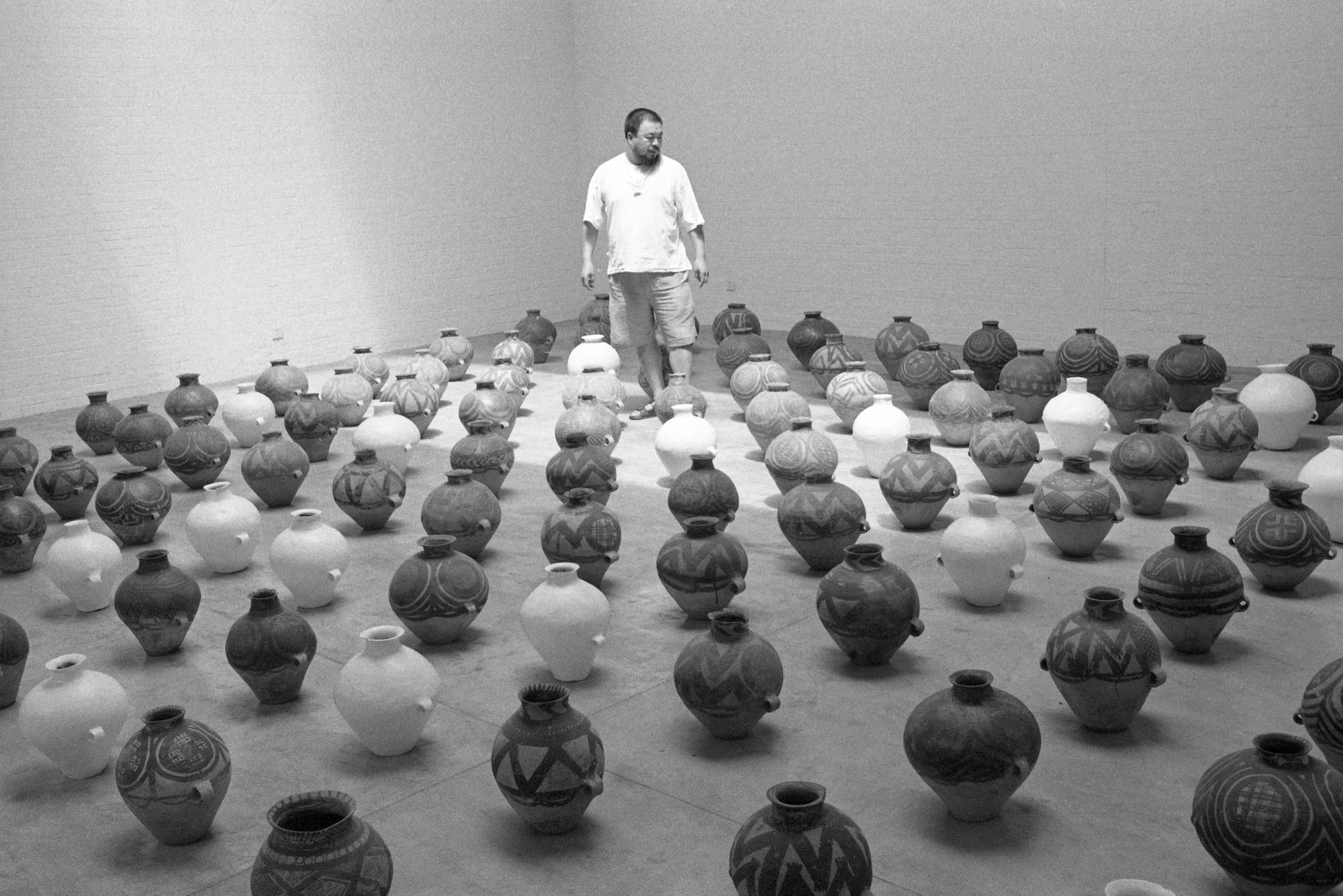Ai Weiwei is both China’s most prominent contemporary artist and one of the country’s most outspoken activists. His new memoir 1000 Years of Joys and Sorrows recounts his life, from his childhood spent in China’s remote hinterlands to his many famous confrontations with the state.

Perhaps best known for his design of the Beijing National Stadium, also known as the “Bird’s Nest”, Ai’s artistic career has never strayed far from his human rights activism. His new memoir is a concoction formed from these dual passions, as well as an arresting retelling of his life story.
The Los Angeles Times reports that Ai was inspired to write his memoir during the 81 days that he spent in the custody of the Chinese government in 2011.
“During those long weeks in secret detention, my fear was not that I might not be able to see my son, but that I might not have the chance to let him really know me.”
“So the idea came to me that if I was released, to bridge the gap between us,” he would write a book, partly to explain to his son “what life means to me, why freedom is so precious, and why autocracy fears art.”

Ai’s father, poet Ai Qing, was exiled during Mao’s purge of intellectuals in the 1960s. The artist endured a traumatic childhood, witnessing first-hand the targeted persecution of his father at the hands of the government. Throughout the book, Ai weaves in the story of his father’s early life and contrasts it with his own. Ultimately, many parallels are drawn between their two life stories.
Ai told the Los Angeles Times,
“After going through this kind of struggle, you cannot be a pure art-for-art’s sake artist.
“Everything accumulates gradually, so many injustices I have seen for my family, and other families, so much difficulty during Chairman Mao’s time and so much political struggle. And it stayed with me.”
A Political Target

After Ai used his 2008 collaboration with the government on the Bird’s Nest stadium to publicise the treatment of migrant workers, he became a target of the state. The artist was struck on the head by police, leading to internal bleeding. Surveillance cameras were then installed around his home, and his Shanghai studio was bulldozed. Eventually, he was arrested.
“In jail there are certain conditions where you wish to die rather than to stay alive,” he recalls. “Basically, you use life to punish life. So everything in jail is against the essential meaning of being alive.”
1000 Years of Joys and Sorrows is a way for Ai to tell the truth of his life. The very documentation of his life and work is an act of resistance, a way to bind and release his past and present.
As Ai writes,
“Having a real — and powerful — adversary was my good fortune, making freedom all the more tangible. Limitations come only from a fear inside the heart, and art is the antidote to fear.”
Subscribe to FIB’s Weekly Breaking News Report for your weekly dose of music, fashion and pop culture news!






